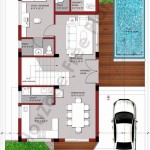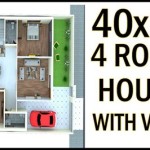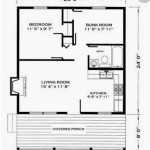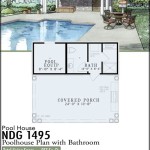Graph Paper Template for Room Planning: A Comprehensive Guide
Graph paper is an essential tool for room planning, allowing you to visualize and scale your ideas accurately. A graph paper template provides a structured and standardized format for your plans, ensuring precision and clarity.
Benefits of Using a Graph Paper Template
- Accuracy: Gridlines provide precise measurements, eliminating guesswork and ensuring scale.
- Standardization: Templates utilize common scales, making plans easily understandable by contractors or architects.
- Flexibility: Templates can be customized to suit different room sizes and shapes, providing versatility.
- Communication: Gridlines facilitate clear communication between designers, clients, and builders.
Choosing the Right Graph Paper Scale
The choice of scale depends on the size of the room and the level of detail required. Common scales include:
- 1/4-inch Scale: Suitable for detailed plans of small rooms (e.g., bathrooms, kitchens).
- 1/2-inch Scale: Ideal for medium-sized rooms (e.g., bedrooms, living rooms).
- 1-inch Scale: Appropriate for large rooms or entire floor plans.
Drawing Room Layout
Once the scale is selected, follow these steps to draw the room layout:
- Define Walls: Use the gridlines to outline the room's shape and dimensions.
- Add Windows and Doors: Position and scale windows and doors based on the measurements.
- Place Furniture: Draw furniture to scale using the gridlines as guides.
- Configure Spaces: Plan for specific areas such as seating zones, storage areas, or workspaces.
Annotating the Plan
To enhance clarity, annotate the plan with notes, symbols, or dimensions. This includes:
- Furniture Dimensions: Indicate the size of furniture pieces for reference.
- Window and Door Measurements: Specify the height and width of windows and doors.
- Area Labels: Clearly define different zones within the room (e.g., "Living Area," "Dining Nook").
- Notes: Add any special considerations or design concepts that cannot be captured graphically.
Tips for Effective Planning
- Consider Scale: Ensure that the scale of the template aligns with the size of the room.
- Measure Accurately: Use a measuring tape to determine the dimensions of the room and furniture.
- Use Different Colors: Color-code different elements (e.g., walls, furniture, doors) for clarity.
- Seek Professional Input: For complex or large-scale projects, consider consulting an architect or interior designer.
- Revise and Refine: Regularly review and adjust the plan as ideas evolve or changes are made.
Conclusion
A graph paper template for room planning is a valuable tool that enables precise and effective design. By adhering to the guidelines and techniques outlined above, you can create clear, scalable, and well-informed plans that guide the successful transformation of your space.

Free Graph Paper Template Printable And Grid

Free Resource Business Templates Room Layout Planner Graphing Graph Paper

Printable Graph Paper Free Com

Printable Graph Paper Free Com

Free Printable Room Planner Brooklyn Berry Designs

Free Furniture Templates Graph Paper

How To Create A Floor Plan And Furniture Layout

Pin On Kids Bedrooms

How To Draw A Simple Room Layout Organized Ish

Printable Graph Paper Free Printables Grid








